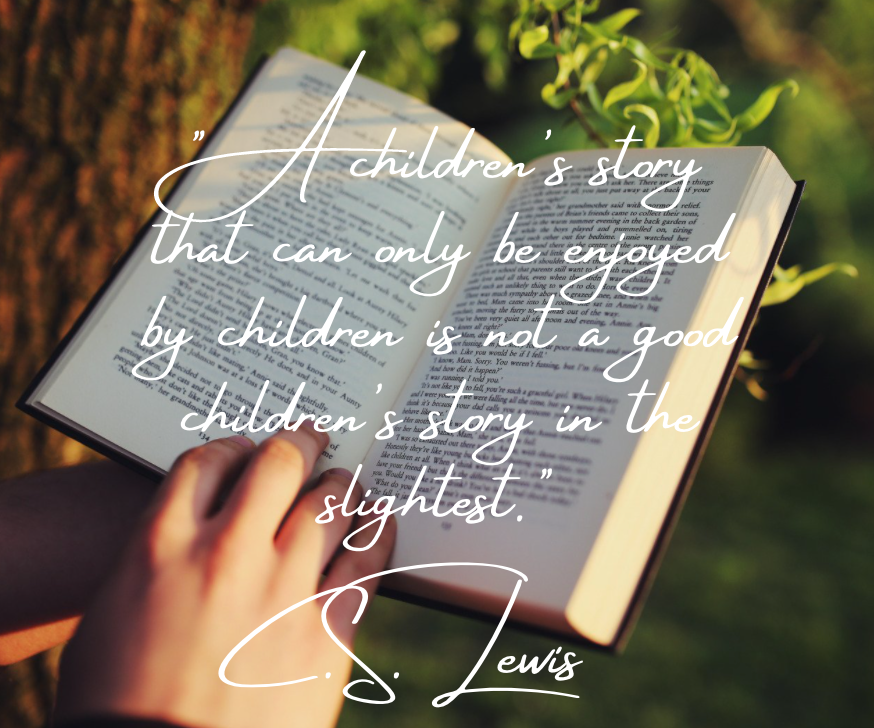How to Write Awesome Children's Fantasy: Nevermoor: The Trials of Morrigan Crow
- A.y. Johlin

- Dec 7, 2020
- 4 min read
DISCLAIMER: If you haven't read Nevermoor: The Trials of Morrigan Crow this post will have some minor spoilers.

What Made It Special?
You may be asking, why write a post dedicated to Nevermoor? What's so special about it? Well, one of the biggest mistakes I made when working on my second novel was not taking more time to read books in my category (children's fantasy) earlier in the process. More specifically, to critically read those books, with the hopes of understanding what made them work so well.
When I finally did start reading more books I began with Nevermoor and was struck by how effortlessly it captured the heart of middle grade fantasy. The more and more I reflected on it, I realized that there were a lot of writing techniques used in Nevermoor that enabled it to be so compelling. I began to employ these techniques in my own writing and found it dramatically increased the quality of my books, which is why I think that sharing some of these tips could help you improve your work too!
What Nevermoor Did Right
Every Scene Needs to be Exciting
There are two key aspects to this advice. The first is what writers often hear, that each scene needs to advance the story.
I hadn't thought much of this advice until I read Nevermoor. It was then I realized that there was no point in the story where a scene felt unnecessary or slow. Even scenes which were less plot heavy, like the Saint Nicholas and Yule Queen rivalry, still contained important information on the world, characters, and their relationships. What I found was that when the scenes were constantly moving the story forward, whether that be by advancing the plot or developing characters, that the novel felt less bogged down overall.
The second, is that each scene needs to stand out. This is a very straightforward idea, yet I somehow missed it! Essentially, one of the things Nevermoor taught me was the importance of making each scene exciting and at its core giving the readers what they want. For example, before editing my book, it contained multiple scenes where characters sat at an inn and talked, despite it being set in a fantasy world. In contrast, Nevermoor included scenes ranging from riding giant cats to floating on umbrellas. Which one of those books would you rather read?
Ultimately, it was these scenes that helped me realize that middle grade fantasy is, well, fantasy! And that it's important to making use of its exciting and fantastic setting by giving the readers what they were promised, a magical world with intriguing scenes.
Dialogue With Voice
Whenever I read the dialogue between characters in Nevermoor I felt as though I was watching a movie, but I couldn't understand why. Then it finally hit me. The conversations had voice.
In movies actors often play a large role in establishing a character, through their facial and body expressions, posture, clothing, and most importantly tone. Tone is essential because the way in which characters talk tells us a great deal about their personality. However, in writing we lack all of those tools, so I just assumed that dialogue and interactions between characters in my writing would never compare to watching an intriguing movie. At least until I read Nevermoor.
What the characters of Nevermoor had was writing's equivalent of tone. Voice. Similar to tone, voice uses patterns in the way the character talks to convey their personality. Every writer has their own voice (hence why you can easily recognize a book written by J.K Rowling versus one written by Rick Riordan). However, within that, different characters have different voices and ways of talking. For example, a character who is studious, may have a more advanced vocabulary, use longer sentences, or frequently talk about school while a younger character might use simpler sentences.
In Nevermoor, I was immediately able to get a sense of Jupiter North's whimsical personality as well as Fenestra's more uptight one because of their unique voices. Not only did these dynamic personalities make the book more engaging to read but their voices helped me understand the personality and perspective of characters whose POV I otherwise would have never seen.
The Whimsy of Children's Fantasy
Most importantly, and much less straightforward, Nevermoor's whimsical tone helped me remember what it was like to be a kid reading fantasy again.
One of the reasons I gravitated towards writing middle grade fantasy was because of my goals as a writer. I just wanted to write a book about friends going on fun adventures and fighting bad guys in magical worlds, so middle grade seemed the obvious choice for me. But when reading Nevermoor, I was reminded of one the best aspects middle grade fantasy can capture. Childhood.
Oddly enough, despite fantasy books like Nevermoor being set in alternative realities with giant talking cats and little girls with curses, there's something about their essence which captures childhood in the most realistic way I've seen yet. And that is the best thing Nevermoor showed me.



Comments